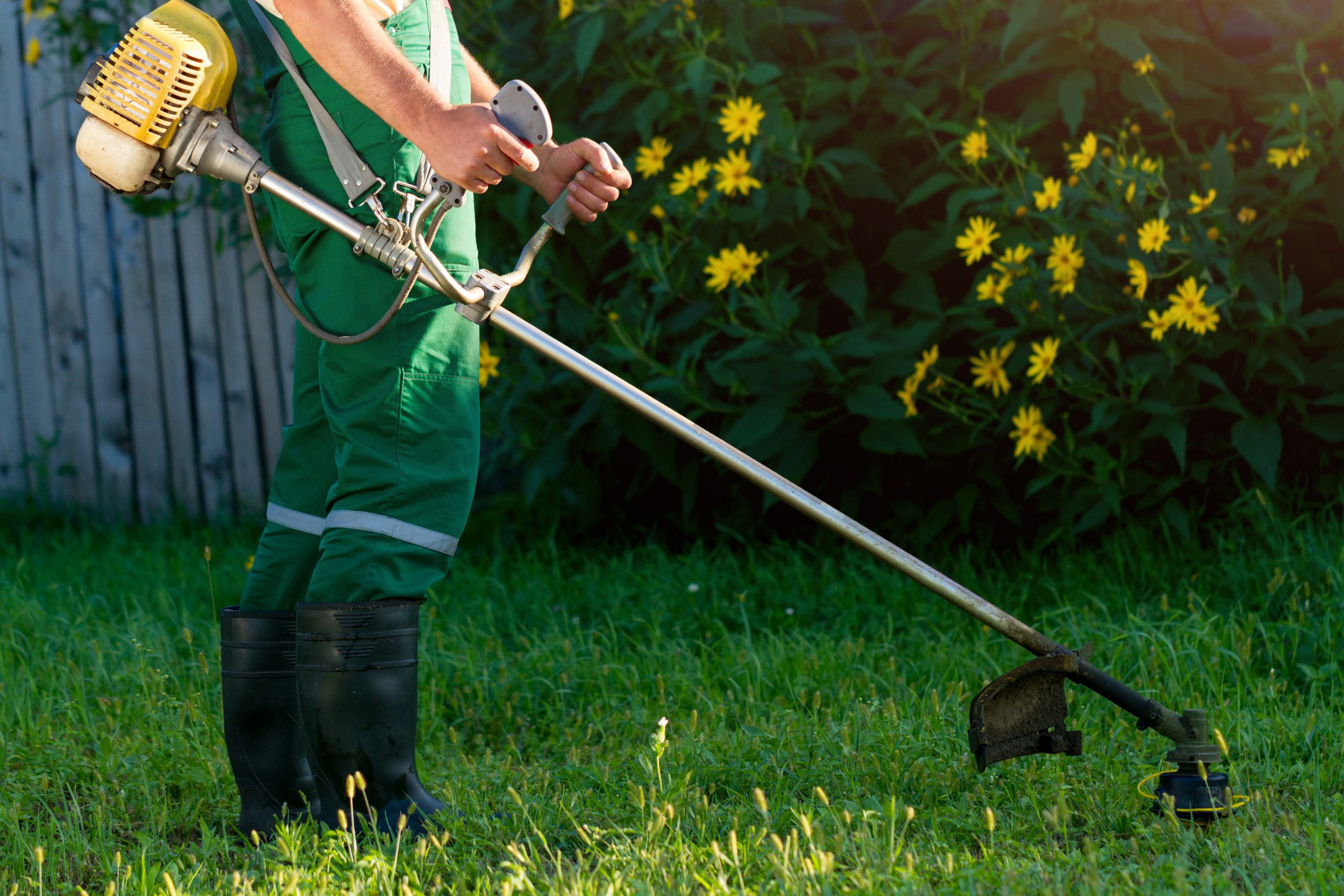If you’re searching for lawn mowing cost, you’re not looking for theories. You want numbers. Maybe your grass is getting out of control, or you’re trying to budget for a regular lawn care routine. Either way, you’re asking the same question we hear every week: “How much does it really cost to mow my lawn?”
The truth is, it depends, just not in the vague way most articles say. We’re going to break it down clearly: by lawn size, region, season, service type, and even mistakes we’ve seen homeowners make. You’ll also get the latest 2025–2026 rates, what tools cost to own or rent, and when it’s smarter to hire a pro.
Mowing Is Simple, Until It Isn’t
You can absolutely mow your own lawn. Most people start that way. But here’s the thing, just because you can doesn’t mean it’s always the best option.
We’ve seen homeowners pay $300+ to replace a mower blade after hitting a buried rock. Others skip mowing during a heatwave, only to deal with burnt patches or fines from the HOA.
Reality check: Time it wrong and you’re not just risking your grass, you’re risking your weekend and your wallet.
Warning: Cheap mowers often scalp uneven yards. That kills root systems fast in hot climates.
What Lawn Mowing Costs in 2025–2026
Let’s get right to it. Here’s what homeowners are actually paying right now.
Standard Residential Lawns (Under 10,000 sq. ft.)
- One-time mow: $40–$60
- Biweekly service: $35–$50 per visit
- Weekly service: $30–$45 per visit
- Seasonal contract: $900–$1,300 for 26–30 cuts
Reality check: You’ll pay less per mow with a recurring plan. But skip a week and tall grass fees may still apply.
Larger Yards (Over 10,000 sq. ft.)
- Base rate: $60–$85
- Add-on fees for hills, fences, overgrowth: +$10–$30
- Overgrown lawn surcharge: $20–$40 (typically if grass exceeds 6–8 inches)
Pro tip: If your lawn grows fast after storms or fertilization, book recurring service with a fixed price. It prevents “tall grass” surprise charges.
Lawn Mowing Service Cost Calculator: What Impacts Price?
There’s no single cost. But here’s how to calculate what your lawn mowing cost will look like:
1. Lawn Size & Layout
- Flat lawns under 5,000 sq. ft. are the cheapest.
- Fenced yards, steep slopes, or corner lots add time, and cost.
Note: Most providers charge in tiers: 0–5K sq. ft., 5K–10K, 10K–20K, and so on.
2. Grass Type & Growth Rate
- Cool-season grasses (Kentucky bluegrass, fescue): grow faster in spring/fall.
- Warm-season grasses (Bermuda, St. Augustine): grow fastest in summer.
3. Timing, Frequency & Scheduling
- Weekly mowing costs less per visit than one-time service.
- Last-minute bookings or holiday weekends cost more.
- Booking early in the week locks in better availability, Fridays fill up fast.
Note: If you’re mowing every 7–10 days during peak growth, you’re also protecting the root structure and improving turf density.
4. Region & Season
- Northeast & Midwest: Spring growth = frequent cuts, April–June
- South & Southeast: Year-round mowing; Bermuda grows aggressively in summer
- West: Water restrictions often slow growth, but overgrown patches return fast after rain
DIY vs Hiring a Pro: Let’s Do the Math
You can mow it yourself, but let’s be honest, it’s not “free.”
DIY Breakdown (Starter Setup)
- Push mower: $250–$400
- Trimmer: $80–$150
- Gas & maintenance (annually): $100–$200
- Time per mow: 1–2 hours
- Storage & repairs: variable
Professional Service
- $35–$60 per visit
- Zero time investment
- Equipment damage = their problem, not yours
- Most include edge trimming and cleanup
Reality check: DIY works best for small lawns and flat terrain. But when weeds pile up, the mower jams, or your Saturday disappears, hiring a pro starts to make more sense.
Regional Mowing Tips from the Field
Lawn mowing needs shift fast based on region and soil type. What works in Ohio spring doesn’t cut it for Texas summers.
- In clay-heavy soil (like parts of Georgia), it’s best to raise the mower deck in July to avoid scalping. Short grass in full sun burns quickly when the soil compacts.
- In cooler states like Illinois, heavy rainfall in April and May leads to rapid growth. Lawns often need weekly cuts just to stay manageable.
Pro tip: Know your soil. Sandy soil drains fast, great for growth, but it dries out quicker and needs more frequent watering and mowing.
Reality check: If your grass shoots up after rain and you skip a week, don’t expect it to bounce back cleanly after a single mow.
FAQ: Real Answers About Lawn Mowing Costs
How much does it cost to mow a 1/4 acre lawn?
A quarter-acre lawn is about 10,890 sq. ft. Most pros charge $55–$70 per cut, depending on layout and obstacles.
Is it cheaper to mow your own lawn?
Short-term, yes, if you already have the equipment. But factoring time, gas, wear and tear? Annual costs run $400–$600 for average homeowners. That’s about the same as hiring a weekly pro from April–October.
How do I avoid tall grass fees?
Mow at least every 7–10 days during peak growth. If you use a service, book recurring visits. Most providers waive tall grass charges when you’re on a schedule.
Can I mow less often during summer?
Only if you water lightly or your grass type slows in heat (like fescue). In humid climates, skipping mows often backfires with thick clumps, mower jams, or yellowing.
Let the Pros Handle the Overgrowth
Lawn care isn’t complicated, but timing matters. Skipping a week during peak growth can undo months of work. Factor in weather, equipment upkeep, and HOA standards, and you’ll start to see why homeowners eventually hand this off.
That’s where LawnGuru comes in. We offer same-day service, clear pricing, and real-time updates. No contracts. No confusion. Just mowed lawns, done right.
You can mow it yourself. But sometimes the best tool is your phone.





